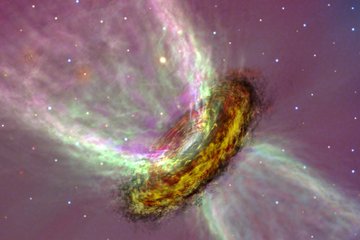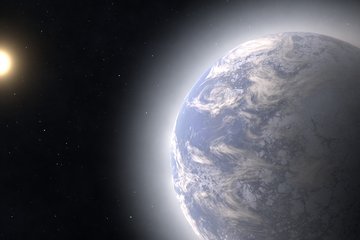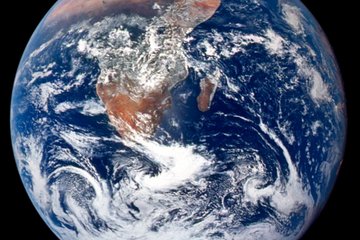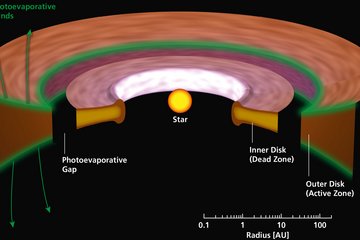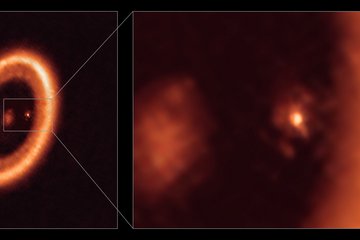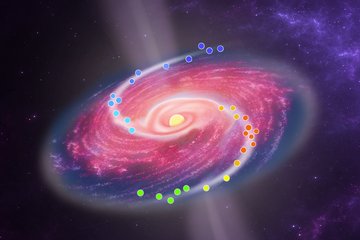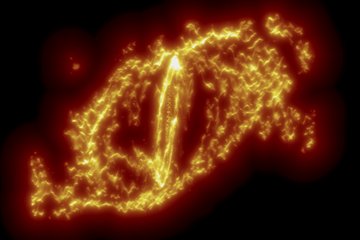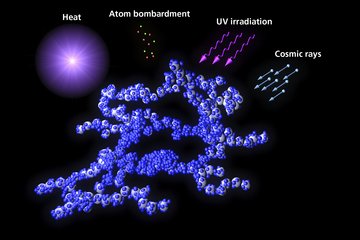
Origins: From Planet-Forming Disks to Giant Planets
Planet formation takes place in the accretion disks around young stars. These disks display a large variety of spatial structures, which are thought to be caused by gas-dust dynamics, chemical processes, and the interaction between planets and the disk.
The diversity in properties of the known exoplanet population should reflect the different physical and chemical conditions in their native disks, and the possible pathways of planet formation. The goal of our team is to work toward the unification of disk physics, chemistry, and planet formation, all the way to the properties of the final planetary systems and planet atmospheres.
One important aspect of our work is to improve the methods for observationally constraining fundamental disk properties (mass, turbulent state, composition). To this end we carry out dedicated infrared and (sub)millimeter observations, while working on comprehensively modeling these data. To obtain meaningful results, we carry out experimental studies of ice-grain surface chemistry in our in-house laboratory facility.
In order to understand the timescale for planet formation, and revealing the nature of planet-disk interactions, we search for young giant planets in their birth environments. For this we make use of approved imaging surveys with adaptive optics-supported instruments at the VLT/LBT. Moreover, we are investigating how embedded planets leave kinematic signatures in the disk gas.
Our most challenging objective is to build a connection between disk properties and the atmospheres of giant planets. This includes coupling planet formation and evolution models with the chemical disk evolution and accretion history of a planet. The so-predicted planetary elemental abundances set the scene for the thermal and chemical structure of giant planet atmospheres, which we model, and compare to observations, using state-of-the-art atmospheric codes.”
